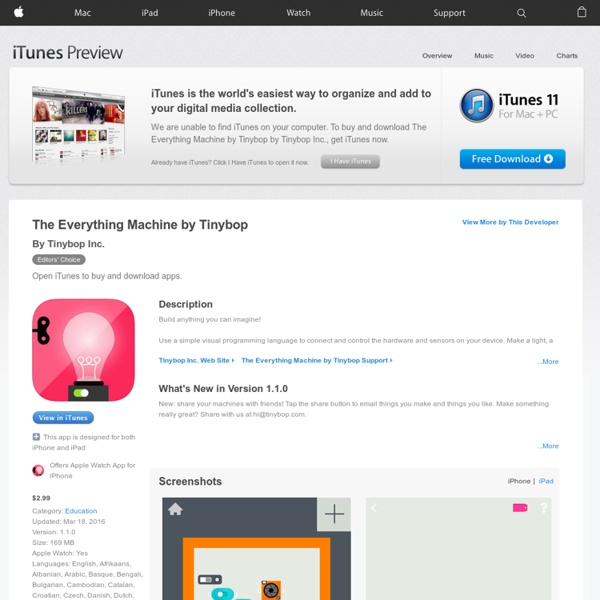



Robot School. Programming For Kids Scripting a Kanban View - Inside OmniFocus My name is Jan-Yves Ruzicka and I’m a recent Chemistry Ph.D. graduate from the University of Canterbury, New Zealand. In my spare time I’m somewhat enthusiastically involved in roleplaying and story-gaming, as well as keeping up a hobby of coding in ruby and Cocoa/Objective-C (which I document on my blog.) I got interested in Getting Things Done during my Honours year (2008), and I haven’t looked back. My OmniFocus activity revolves around three activities: capture, organisation, and doing. Capture is the most boring step. Organisation is something that I still struggle to get exactly right. The process of doing happens in the context view. My OmniFocus Perspectives palette in Keyboard Maestro. A big motivator for me comes from Leo Babuta’s Zen To Done. I end up using a couple of AppleScripts and associated tools to automate segments of my workflow. Kanban While OF is a great tool, I feel its list-based view falls short at the “big picture” level. Quantisation Behind the Scenes
Plickers kanban-fetch | 1klb Note: I’ve stopped developing kanban-fetch, in order to focus on the pure ruby combination of rubyfocus/omniboard. This page won’t be going anywhere, but Omniboard is slowly going to outstrip kanban-fetch in terms of features and (probably) reliability. Kanban-fetch is a simple objective-c program to fetch your OmniFocus projects and turn them into a SQLite database. You will need: In order to run kanban-fetch you will need either: A copy of OmniFocus 1, orA copy of OmniFocus 2 Pro Due to the restrictions on AppleScript support, kanban-fetch is not supported by OmniFocus 2 standard. Installation Install from source. Running Open up terminal and cd to the appropriate folder. On a good day, you should get an output that looks like the following: Your data will now be written to the file foo.db. Excluding folders If you’re like me, you have projects that just don’t need to appear on your Kanban board. Running periodically Installing the front-end It looks like you’re in the right place. You will need
Adobe Voice – Show your story Omniboard | 1klb Omniboard = OmniFocus + Kanban Omniboard is a pure ruby library to generate kanban boards from OmniFocus databases. It sources its data directly from your local OmniFocus XML library, bypassing the OmniFocus application. This has a number of advantages over previous methods of fetching data, including: You no longer need an OmniFocus 2 Pro license in order to fetch data via ScriptingBridge.You no longer need to have OmniFocus open in order to fetch data.You no longer need to run two separate programs, using a database as an intermediary.You have full access to all project, folder, task and context data from within the one program. While kanban-fetch ran on top of the sinatra web framework, Omniboard instead generates a static webpage for you to move around and use as you see fit. You will need In order to run Omniboard, you will need (obviously) to have an OmniFocus license and be using OmniFocus for all of your projects. To install Omniboard comes as a ruby gem. Running with pow
30/30 Pow: Zero-configuration Rack server for Mac OS X Videolicious What’s Safer From Hackers: A PC or a Mac? Mac vs. PC. (Images by Thinkstock/Apple/Microsoft, modified by Yahoo Tech) Apple’s vaunted reputation for safety and security has taken some hits recently. Just this week came news of DYLD_PRINT_TO_FILE — a bug in Apple’s OS X operating system that has allowed a malicious program to take complete control of Macs. This isn’t to pick on Apple too much. Before you compare OS X and Windows, you have to remember that security is about more than just the operating system: The biggest threats can run on both platforms. So we decided to take a look at the big picture, comparing Windows and OS X on overall hackability. Both PCs and Macs have plenty of security bugs When it comes to security flaws, Windows and OS X are now about tied, says Morey Haber, VP of technology at corporate security software maker BeyondTrust. Macs make up less than 10 percent of today’s computer market. Macs’ biggest security asset is basic economics. Web browsers and plugins are the main targets Apply OS updates
Pic Collage - Photo and video editor with summer effects and templates 4 Essential Rules Of 21st Century Learning 4 Essential Rules Of 21st Century Learning by Jennifer Rita Nichols The term “21st century” has become an integral part of educational thinking and planning for the future. Educators and administrators are actively searching for ways to prepare students for the future, and the educational system has been evolving faster than ever before. Various studies have shown us that rote memorization is not an effective learning strategy, and that teacher-centered classrooms may not be the most efficiently structured ones for student engagement. However, despite learning about the skills that students will need to develop to become successful in the 21st century, as well as what beliefs about education may be worth hanging onto or throwing away, schools and teachers are left trying to figure out what their role needs to be in the education of their 21st century students. Nowadays, we don’t live in the same world. So then, what is the role of education in the 21st century? Society has changed. 1. 2. 3.